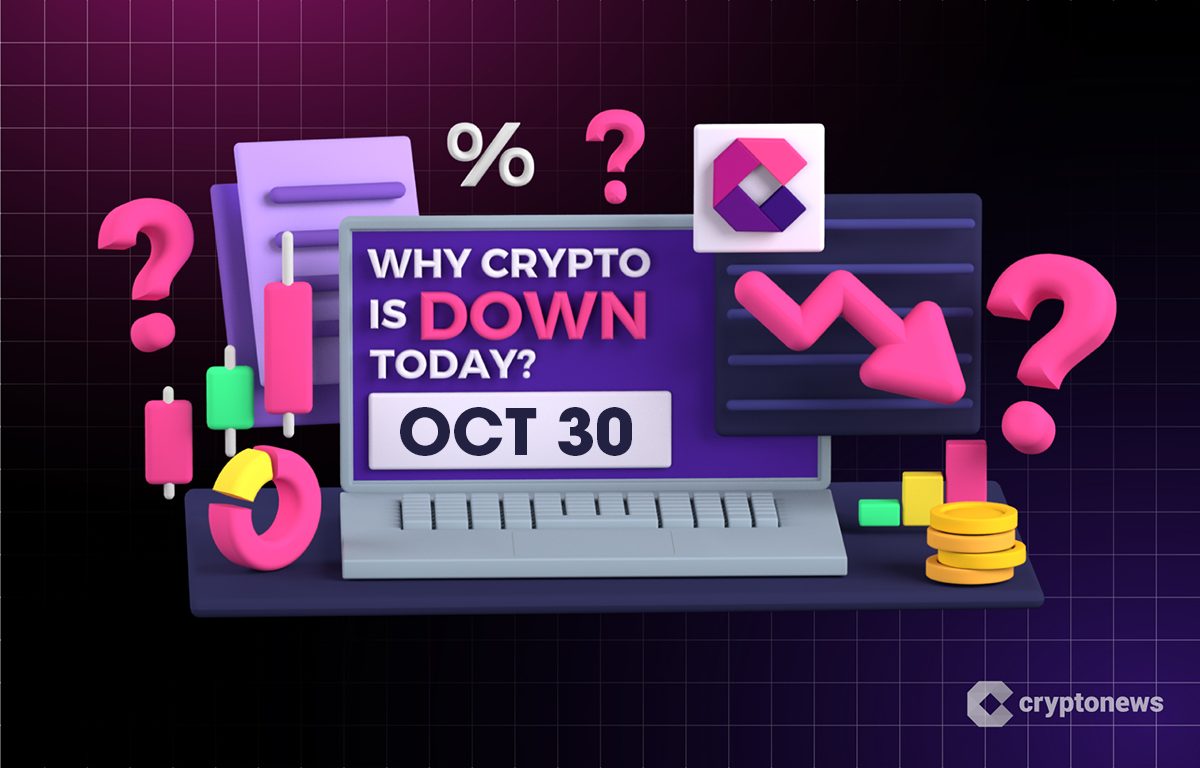On the lookout for a Sector – Tech fund? Starting with Putnam Global Technology A (PGTAX – Free Report) should not be a possibility at this time. PGTAX possesses a Zacks Mutual Fund Rank of 4 (Sell), which is based on various forecasting factors like size, cost, and past performance.
Objective
We note that PGTAX is a Sector – Tech option, and this area is loaded with many options. Found in a wide number of industries such as semiconductors, software, internet, and networking, tech companies are everywhere. Thus, Sector – Tech mutual funds that invest in technology let investors own a stake in a notoriously volatile sector, but with a much more diversified approach.
History of fund/manager
Putnam Funds is based in Canton, MA, and is the manager of PGTAX. The Putnam Global Technology A made its debut in January of 2009 and PGTAX has managed to accumulate roughly $650.01 million in assets, as of the most recently available information. The fund is currently managed by Di Yao who has been in charge of the fund since December of 2012.
Performance
Obviously, what investors are looking for in these funds is strong performance relative to their peers. PGTAX has a 5-year annualized total return of 14.46%, and is in the middle third among its category peers. But if you are looking for a shorter time frame, it is also worth looking at its 3-year annualized total return of 27.02%, which places it in the middle third during this time-frame.
It is important to note that the product’s returns may not reflect all its expenses. Any fees not reflected would lower the returns. Total returns do not reflect the fund’s [%] sale charge. If sales charges were included, total returns would have been lower.
When looking at a fund’s performance, it is also important to note the standard deviation of the returns. The lower the standard deviation, the less volatility the fund experiences. Over the past three years, PGTAX’s standard deviation comes in at 22.09%, compared to the category average of 15.92%. The standard deviation of the fund over the past 5 years is 22.27% compared to the category average of 15.55%. This makes the fund more volatile than its peers over the past half-decade.
Risk factors
With a 5-year beta of 1.21, the fund is likely to be more volatile than the market average. Another factor to consider is alpha, as it reflects a portfolio’s performance on a risk-adjusted basis relative to a benchmark-in this case, the S&P 500. With a negative alpha of -1.6, managers in this portfolio find it difficult to pick securities that generate better-than-benchmark returns.
Expenses
As competition heats up in the mutual fund market, costs become increasingly important. Compared to its otherwise identical counterpart, a low-cost product will be an outperformer, all other things being equal. Thus, taking a closer look at cost-related metrics is vital for investors. In terms of fees, PGTAX is a load fund. It has an expense ratio of 0.52% compared to the category average of 1.01%. From a cost perspective, PGTAX is actually cheaper than its peers.
While the minimum initial investment for the product is $500, investors should also note that there is no minimum for each subsequent investment.
Fees charged by investment advisors have not been taken into consideration. Returns would be less if those were included.
Bottom line
Overall, Putnam Global Technology A ( PGTAX ) has a low Zacks Mutual Fund rank, and in conjunction with its comparatively similar performance, worse downside risk, and lower fees, Putnam Global Technology A ( PGTAX ) looks like a somewhat weak choice for investors right now.
Want the latest recommendations from Zacks Investment Research? Download 7 Best Stocks for the Next 30 Days. Click to get this free report
Source: https://www.fxstreet.com/news/is-putnam-global-technology-a-pgtax-a-strong-mutual-fund-pick-right-now-202509171337



